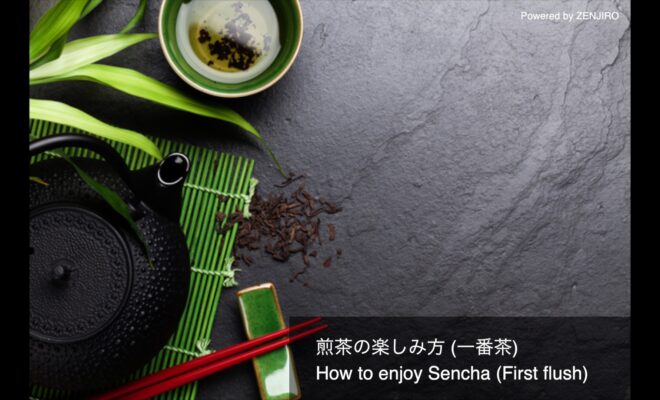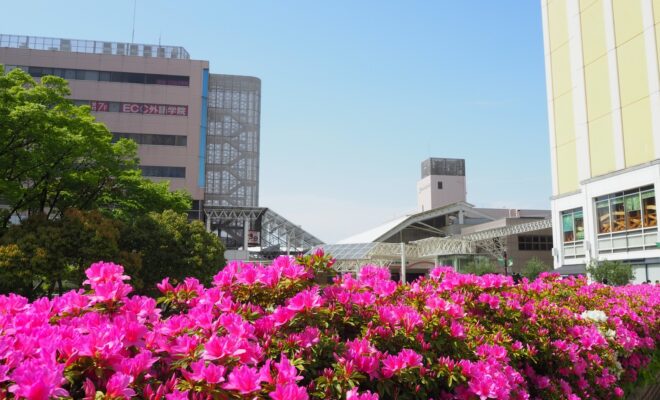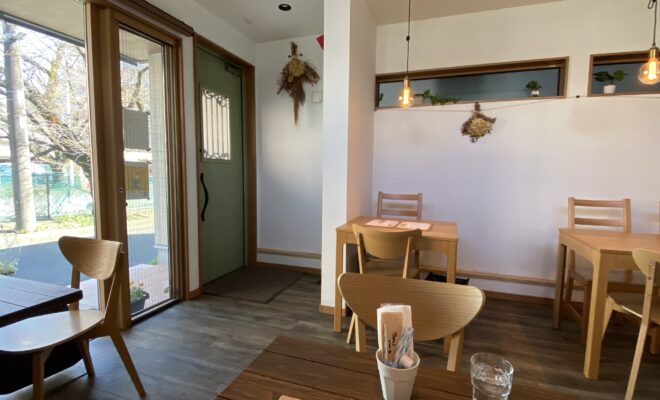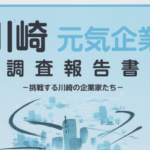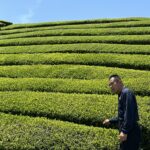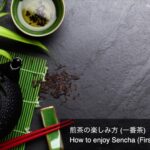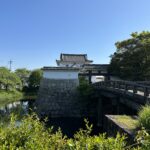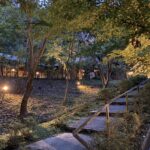Jun 15, 2020
The Kamakura samurai who established the shogunate government, in Kamakura, Kanagawa Prefecture, built temples of Zen Buddhism one after another. Five of the most famous temples are called Kamakura Gozan 鎌倉五山. Kenchoji Temple 建長寺(built in 1253) and Enkakuji Temple 円覚寺(built in 1282) are famous. These are purely Zen temples and became a symbol of the adoption of Zen Buddhism by the samurai government. It is about 200 years earlier than the famous Kinkakuji金閣寺, Ginkakuji 銀閣寺 and Ryoanji 龍安寺 in Kyoto. The art of those time is famous for the statues of Kongo Rikishi from Unkei運慶 and Kaikei快慶 in sculpture. At that time, the main art works were depending on the religious style.
After that, the Kamakura samurai moved to Kyoto and established the shogunate. It was called the Muromachi Shogunate 室町幕府. Yoshimitsu Ashikaga 足利義満, the third shogun, exported copper, Japanese swords, art objects such as Sensu fans 扇子and lacquer ware and imported coins from China to develop the money economy. Around that time, the Kinkakuji Temple 金閣寺 (1397) was erected, and it was a gorgeous one in which all the temples were decorated with gold leaf. The culture of this time is gorgeous, but there is no taste of samurai culture.
By the time of the eighth shogun, the Ginkakuji Temple 銀閣寺(1490) was erected, and the “Wabiわび” and “Sabiさび” and Higashiyama culture東山文化 that symbolizes Japanese culture was born. These were accepted by the nationwide samurai and the common people, and spread throughout the country. The characteristic of this Higashiyama culture is not only the culture made by the samurai, but the fusion of the cultures of three different classes of people, samurai, aristocrats and Zen monks. Samurai’s characteristics are simplicity and strength, aristocratic characteristics are beauty, and Zen sect’s characteristics are silence and meditation. With these, it has become accepted all over Japan. The tatami 畳room and architectural style that characterize modern Japanese architecture originated from the Higashiyama culture of the Muromachi period. It was around this time that Japanese tea spread throughout the country.
After that, there was a great turmoil in which the various samurai forces were confused due to the struggle for the successor (Ohnin-no-Ran応仁の乱). And the Sengoku period 戦国時代 began. However, these cultures were passed down to the regional Sengoku Daimyo戦国大名 (Sengoku Warlords) who learned “wabi,” “sabi,” “zen,” and “tea” in the Higashiyama culture.
Next time, I will talk about a Westerner who told Europe that Japan was a treasure trove of plants in the Edo period. The high civilization spread throughout the country that Westerners were impressed by was brought up in various places by the Sengoku Daimyo who inherited these Higashiyama cultures.

